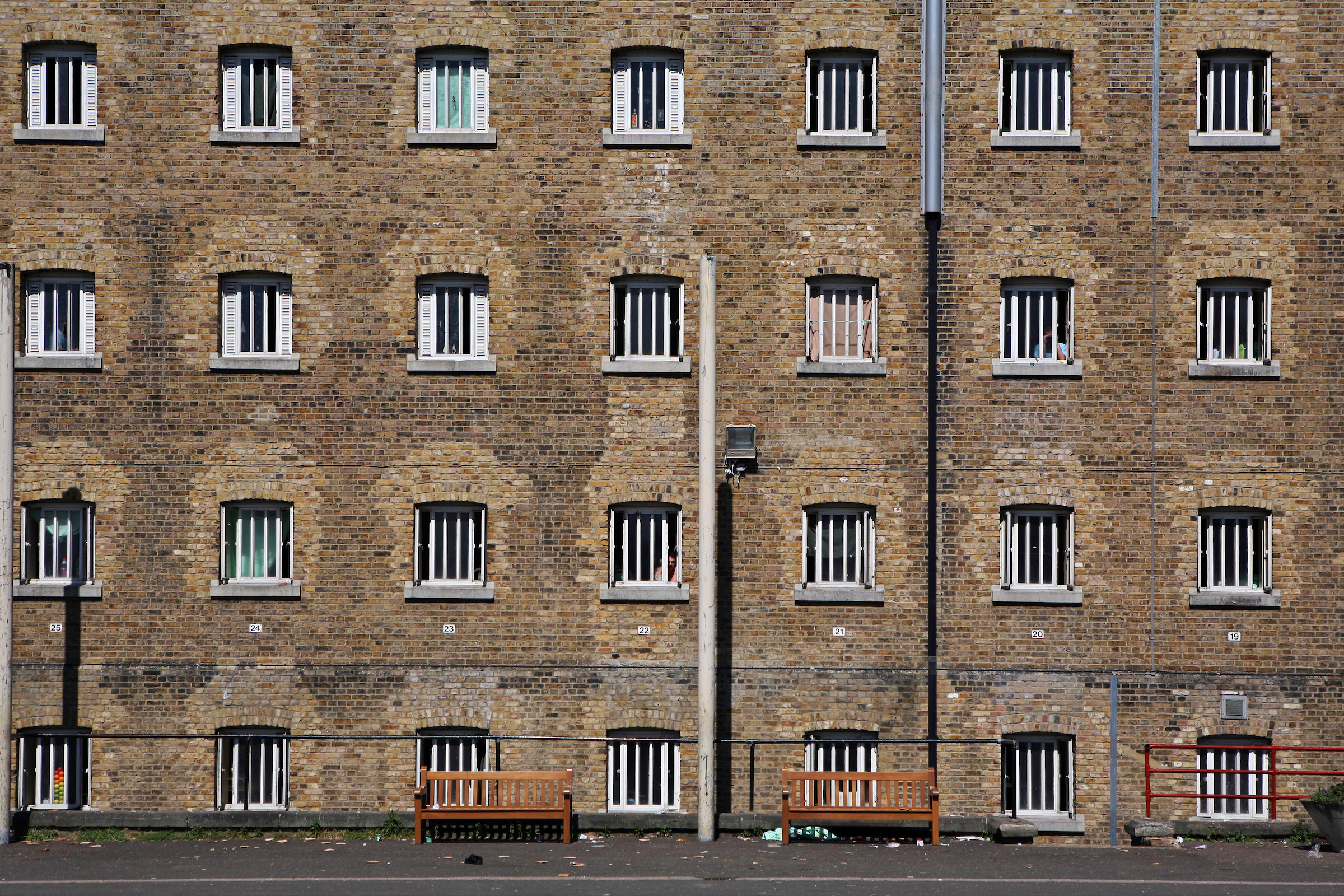An inspection of HMP Lindholme in July of this year revealed that inmates had easy access to drugs. One in five prisoners said they had developed a drug problem since being inside.
Drugs had been the most common cause of death in prison in recent years. They cause significant debt problems which fuel higher than average levels of violence. Inspectors found there had been 147 prisoner-on-prisoner assaults and 62 prisoner-on-staff assaults at HMP Lindholme in the past year.
The report states that prison surveys showed that drugs were often brought in by staff. Whilst there were occasional spontaneous staff searches carried out, inspectors were surprised that further steps had not been taken to increase searches of staff and visitors.
As reported in the Independent, the role of staff in drug smuggling at the prison has been the subject of a high profile trial at Sheffield Crown Court where 17 people are being sentenced for their roles in the operation. The trial follows the death of an inmate at HMP Lindholme, Kyle Batsford, who died after he was forced to test the potency of the drug spice at the prison.
HMP Inspector of Prisons, Charlie Taylor, explained that the extent of the substance abuse meant that prisoners were not being rehabilitated but were instead being released back into the community as a heightened risk to society.
Inspectors also found there was a concerning lack of release planning for prisoners who are deemed to be at high risk of returning to crime. Lindholme is a category C training prison and therefore should be aiming to reintegrate individuals back into society. However, the inspection revealed that prisoners did not have sufficient access to interventions, training, or education, which meant many were developing drug problems instead.
Andrea Coomber KC, Chief executive of the Howard League for Penal Reform, said: ‘Drugs are a destructive force in prisons. Where there is drug abuse, there is also debt and violence, and we know that the number of confiscations recorded by staff does not tell the full story about the extent of the problem.’
She continued: ‘The best way to reduce the supply of drugs into prisons is to reduce the demand for them in the first place. This means building relationships and making sure that people are occupied with work, education, training and exercise – purposeful activity that a training prison such as Lindholme ought to be able to provide’.







